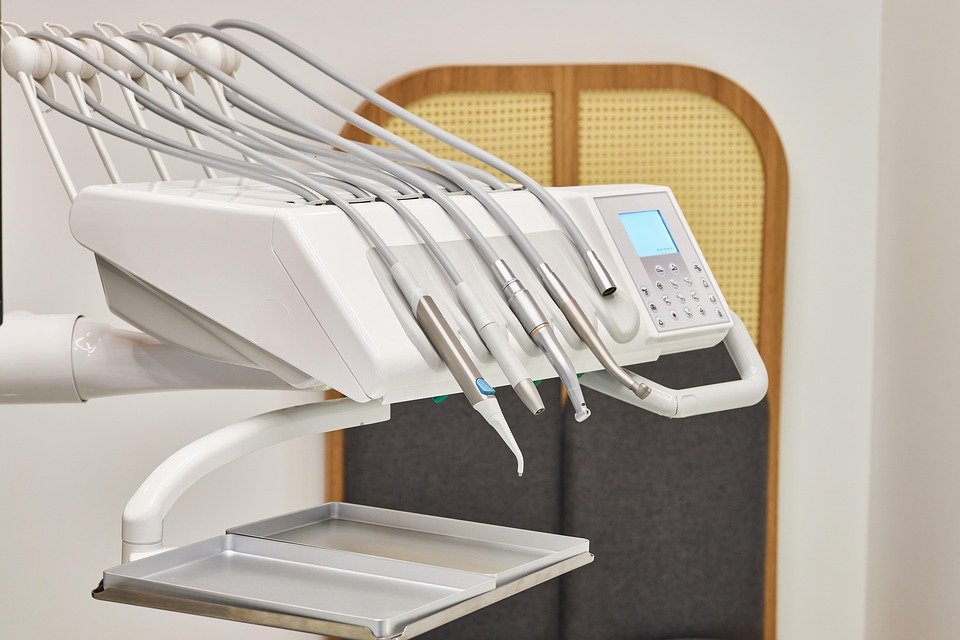Does the color temperature of light matter for teeth
Okay, so I’m trying to figure out the best lighting for my bathroom mirror. I just got my teeth whitened, and I want to make sure I’m seeing their true color so I don’t accidentally over-whiten them. I’ve been reading about color temperature in light bulbs, like "warm white" vs. "cool white" and I’m totally confused!
Does the color temperature of the light in my bathroom actually affect how my teeth appear, and therefore impact how I perceive the effectiveness of my whitening treatments?
Basically, if I use a "warm" light, will my teeth look yellower than they actually are? And if I use a "cool" light, will they look whiter? Is there an ideal color temperature for judging my teeth’s actual color? I don’t want to be fooled by the lighting!
I’m looking for recommendations on what kind of light bulbs to buy, and maybe even some tips on how to check my teeth color in different lighting situations to get a more accurate idea.
Answer
Yes, the color temperature of light can matter for teeth, primarily in the context of:
-
Perception of Tooth Color: Color temperature affects how we perceive the shade of teeth. Different light sources can make teeth appear whiter, yellower, or duller.
-
Dental Shade Matching: Dentists use specific color temperature lights to accurately match the shade of a dental restoration (e.g., a crown or veneer) to the patient’s natural teeth. This is crucial for achieving a seamless and natural-looking result.
-
Photography of Teeth: Dental professionals use controlled lighting with specific color temperatures when photographing teeth for documentation, case presentation, or aesthetic analysis. This ensures accurate color representation in images.
-
Teeth Whitening Procedures: Some teeth whitening systems use light to accelerate the whitening process. While the color temperature of the light itself may not be the primary factor (the chemical activation of the whitening agent by the light is more important), a consistent and appropriate color temperature can contribute to predictable results.
- Home Lighting and Makeup: The color temperature of lighting in your home (especially in bathrooms and makeup areas) can affect how you perceive the color of your teeth when looking in the mirror. It can also influence your choice of makeup shades (e.g., lipstick) to complement your teeth.
Detailed Explanation:
-
Color Temperature Basics: Color temperature is measured in Kelvin (K). It describes the color appearance of light emitted from a light source.
-
Lower Kelvin (e.g., 2700K – 3000K): These are "warm" lights, tending towards yellow or orange hues. Incandescent bulbs are typically in this range.
-
Mid-Range Kelvin (e.g., 3500K – 4100K): These are "neutral" or "soft white" lights.
- Higher Kelvin (e.g., 5000K – 6500K or higher): These are "cool" lights, tending towards blue hues. Daylight or some LED bulbs fall in this range.
-
-
Perception of Tooth Color:
-
Warm Light (Lower Kelvin): Warm light can emphasize any yellow or brown tones present in teeth, making them appear less white.
-
Cool Light (Higher Kelvin): Cool light can make teeth appear whiter and brighter, but it can also highlight any blue or grey undertones if they are present.
- Neutral Light (Mid-Range Kelvin): Provides a more balanced and accurate representation of tooth color.
-
-
Dental Shade Matching:
- Dentists use specialized operatory lights that emit a specific color temperature (often around 5500K – 6500K, mimicking natural daylight). This ensures that the dentist is assessing the true color of the tooth and selecting a restoration shade that matches it under various lighting conditions. They avoid using ambient room lighting, which can be inconsistent and distort color perception.
-
Photography:
- Professional dental photography relies on controlled lighting. Color-corrected flash units or studio lights are used to provide consistent illumination with a specific color temperature. This eliminates color casts and ensures that the photographs accurately represent the tooth’s shade and translucency.
-
Teeth Whitening:
- While the wavelength of light is the critical factor in light-activated teeth whitening (typically blue light in the 400-500 nm range), the color temperature relates to the overall appearance of the light emitted. Consistent color temperature in the light source used during whitening can help ensure uniformity in the results across the treated teeth.
-
Home Lighting:
-
The lighting in your bathroom or vanity area significantly impacts how you perceive your teeth when you look in the mirror. If you have warm-toned lighting, your teeth may appear less white. If you have cool-toned lighting, they might seem whiter than they are in natural daylight.
- When applying makeup, especially lipstick, consider the color temperature of the lighting in your makeup area. A neutral light source is generally recommended to avoid color distortions and ensure that your makeup choices complement your teeth. Lipsticks with cool undertones can make teeth appear whiter, while those with warm undertones can emphasize any yellowing.
-
In Summary: The color temperature of light plays a crucial role in the accurate assessment, matching, and aesthetic perception of tooth color. It is important for dentists in shade matching and photography, relevant in light-activated teeth whitening, and significant for individuals in their daily assessment of tooth color under different lighting conditions at home.

Post Comment